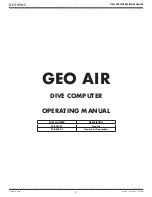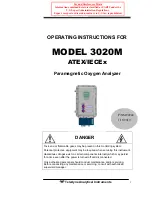
Concepts and Features
R&S
®
ZNB/ZNBT
168
User Manual 1173.9163.02 ─ 38
4.5.6.1
Source Power Calibration
A source power calibration ensures an accurate power of the generated wave at an
arbitrary calibration plane in the measurement path. Typically the calibration plane cor-
responds to the input of the DUT.
In a frequency sweep, the power at the calibration plane is maintained at a constant
"Cal Power" value. The source power calibration eliminates frequency response errors
in the signal path between the source and the calibration plane. It is possible to intro-
duce an arbitrary attenuation or gain into the signal path so that the cal power is not
restricted to the power range of the source. A typical application for a power calibration
in a frequency sweep is the measurement of the gain of an amplifier across a fre-
quency range but at a fixed input power.
In a power sweep, the power calibration ensures that the power at the calibration plane
is either constant or a linear function of the stimulus power. A typical application for a
power calibration in a power sweep is the measurement of the gain of an amplifier
across a power range but at a fixed frequency. The correction data acquired in a fre-
quency or power sweep is re-used if a "Time" or "CW Mode" sweep is activated.
Calibration procedure
The source power calibration requires an external power meter, to be connected via
GPIB bus, USB or LAN interface. Use the USB-to-IEC/IEEE Adapter (option R&S
ZVAB-B44 ) to control devices equipped with a GPIB interface. The power sensor can
be connected directly at the calibration plane or to any other point in the test setup
where the signal power is known to be proportional to the power at the calibration
plane.
The source power calibration involves several steps:
1.
Reference receiver calibration:
The analyzer performs a first calibration sweep at
the source power that is likely to produce the target power ("Cal Power") at the cali-
bration plane. A known attenuation or gain at the source port and in the signal path
between the source port and the calibration plane can be taken into account:
The power which the external power meter measured at the calibration plane is
displayed in the calibration sweep diagram, together with the reference receiver
reading. The difference between the two traces is used to correct the reference
receiver reading, i.e. the reference receiver is calibrated by the external power
meter results.
2.
Internal source power flatness calibration:
In the following steps, the calibrated
reference receiver is used to adjust the source power. To this end, the R&S
ZNB/
ZNBT performs a series of calibration sweeps at varying source power until the
Calibration
















































